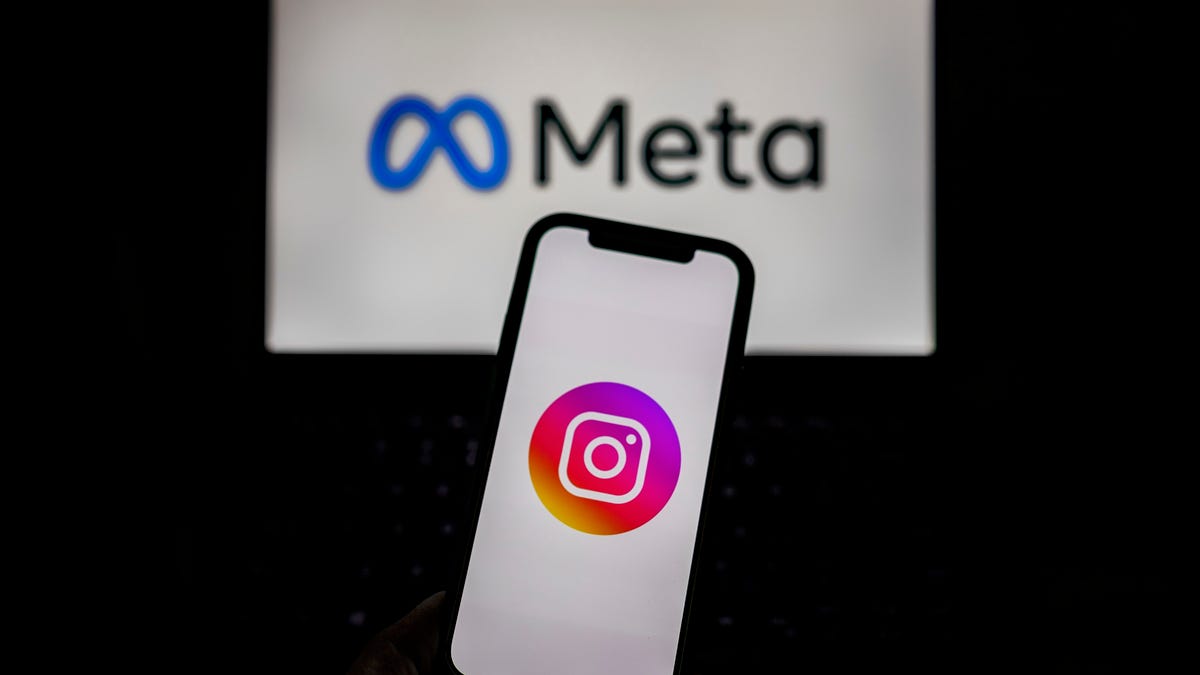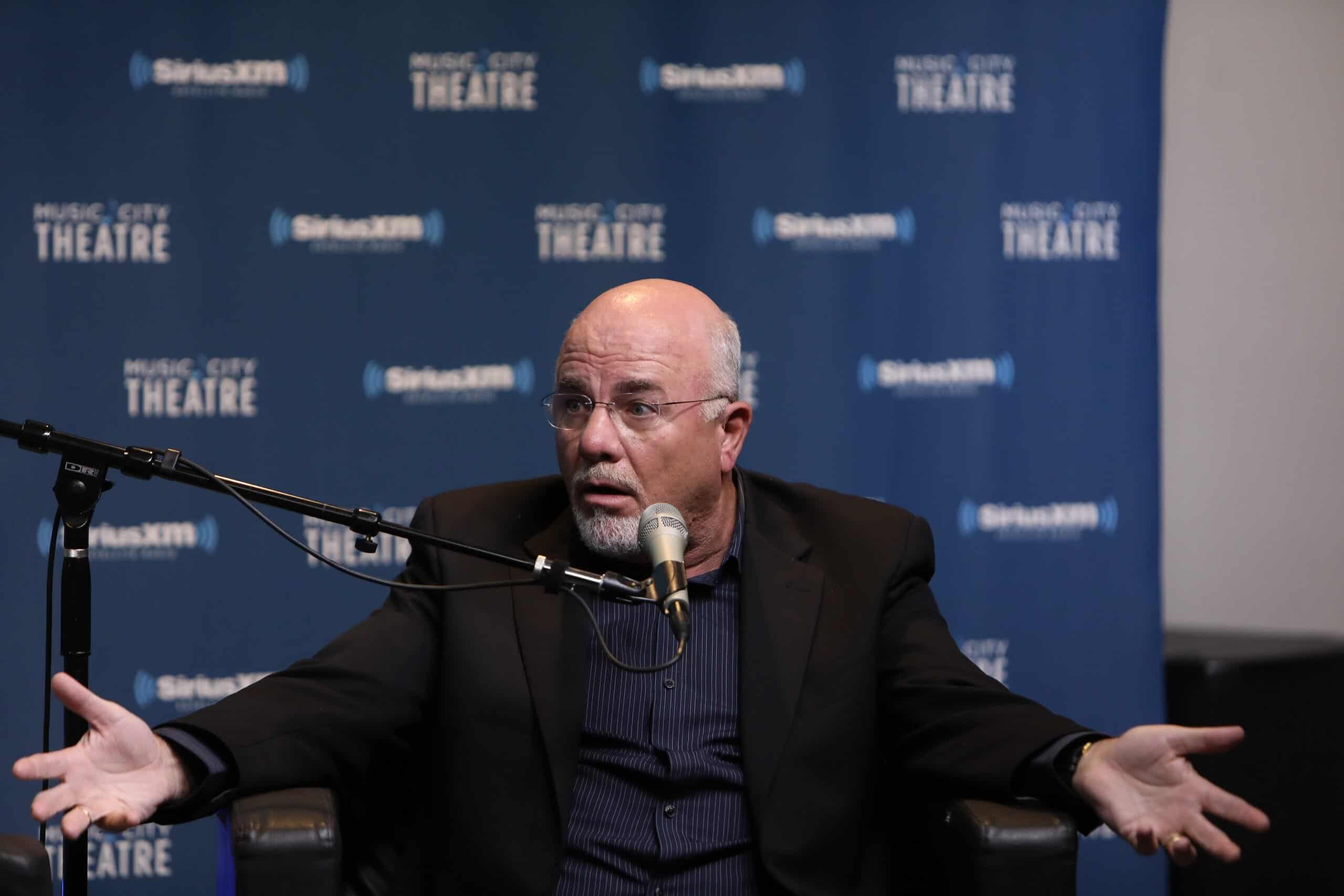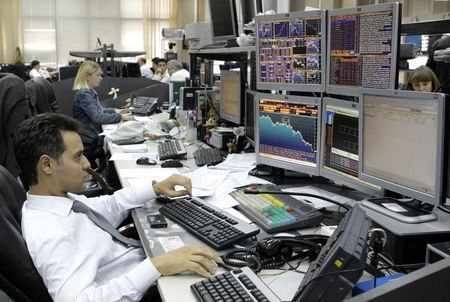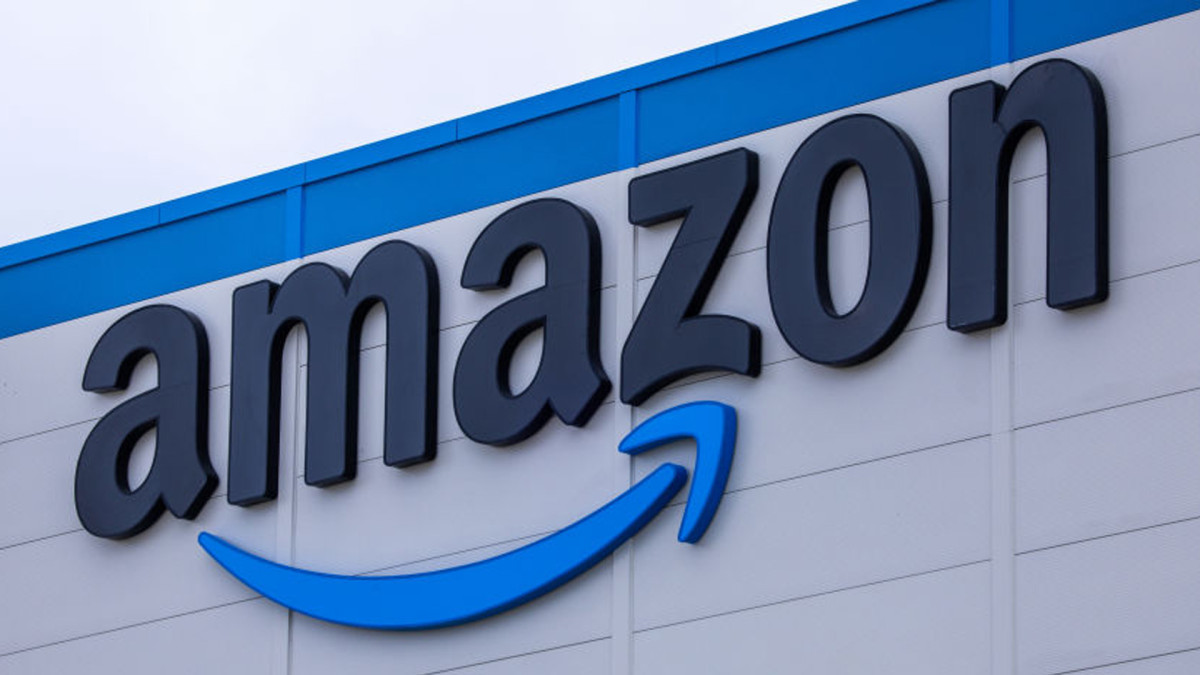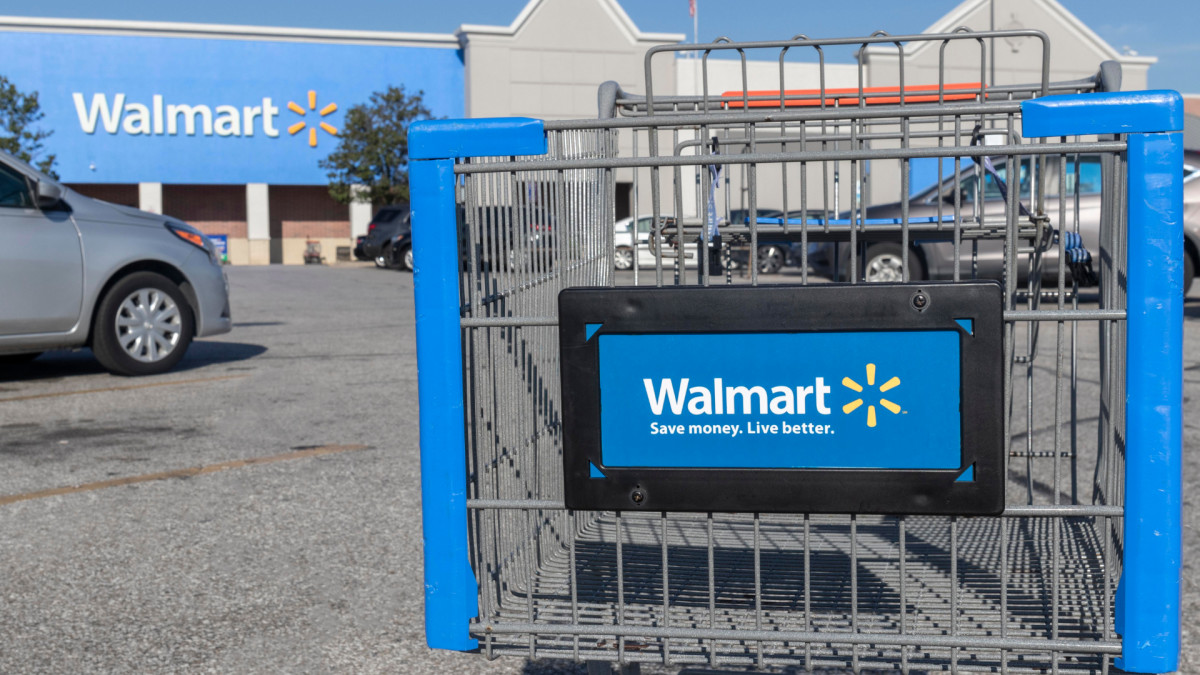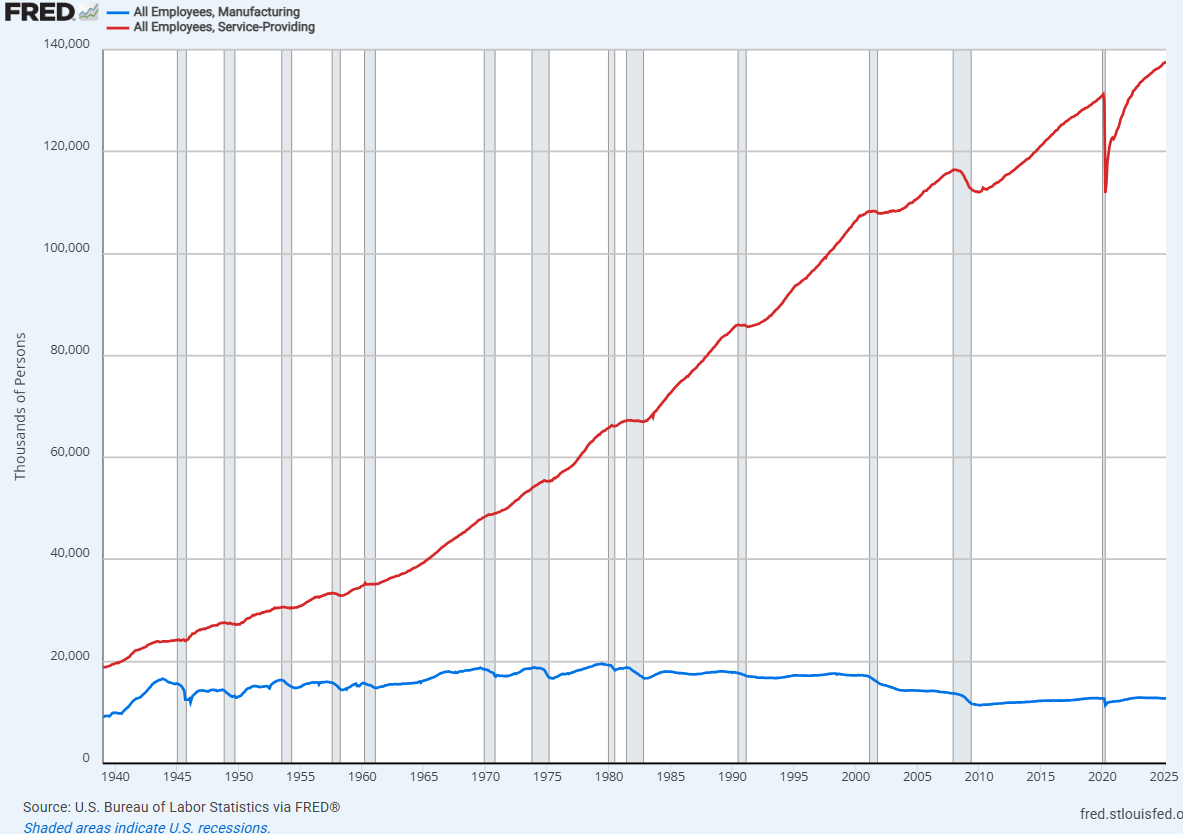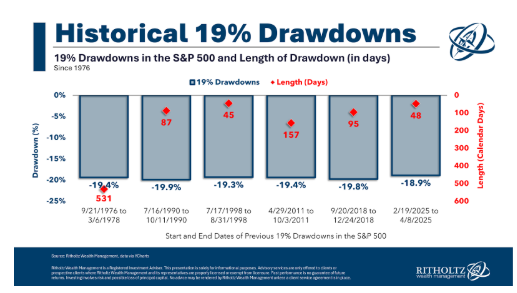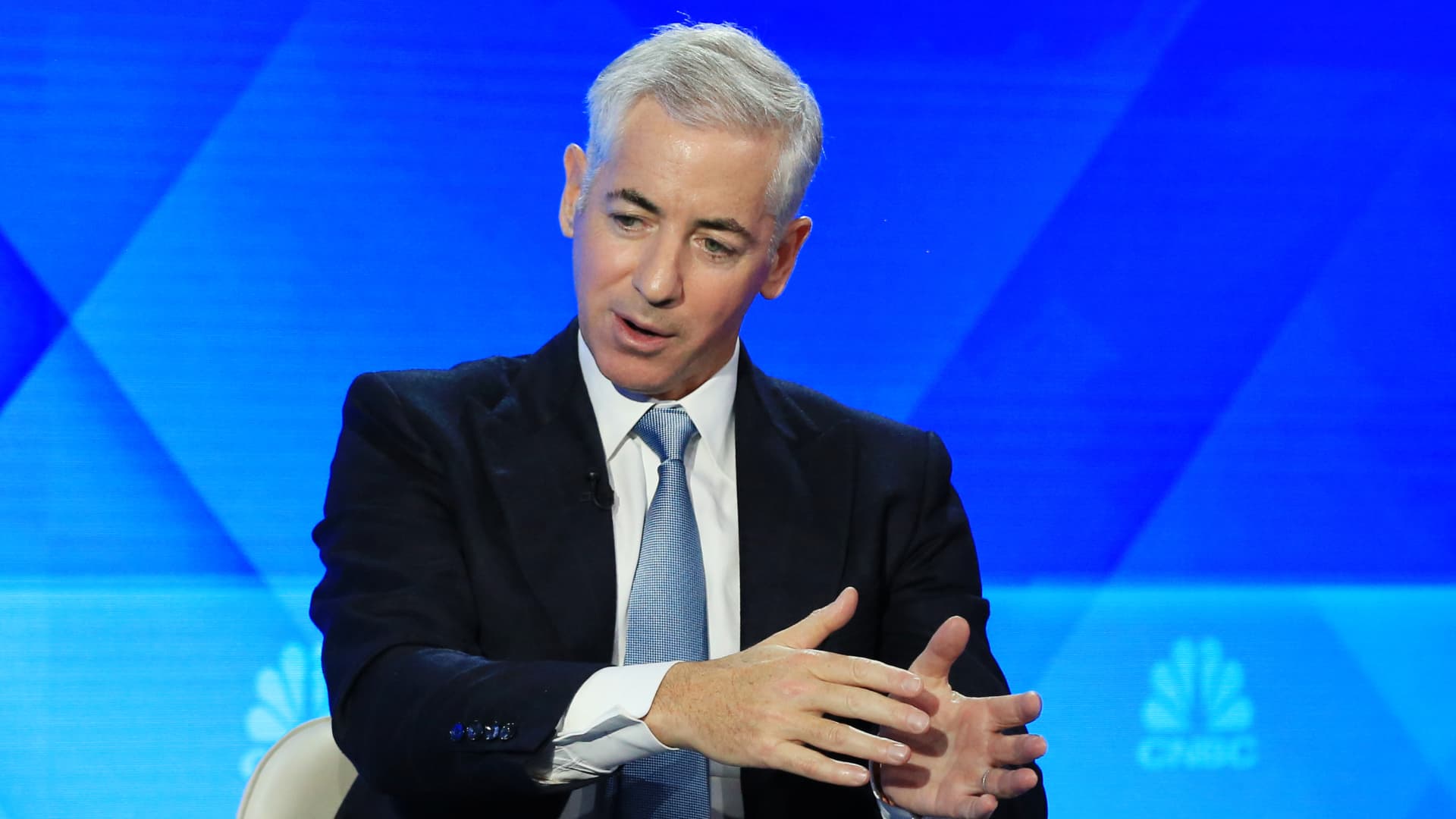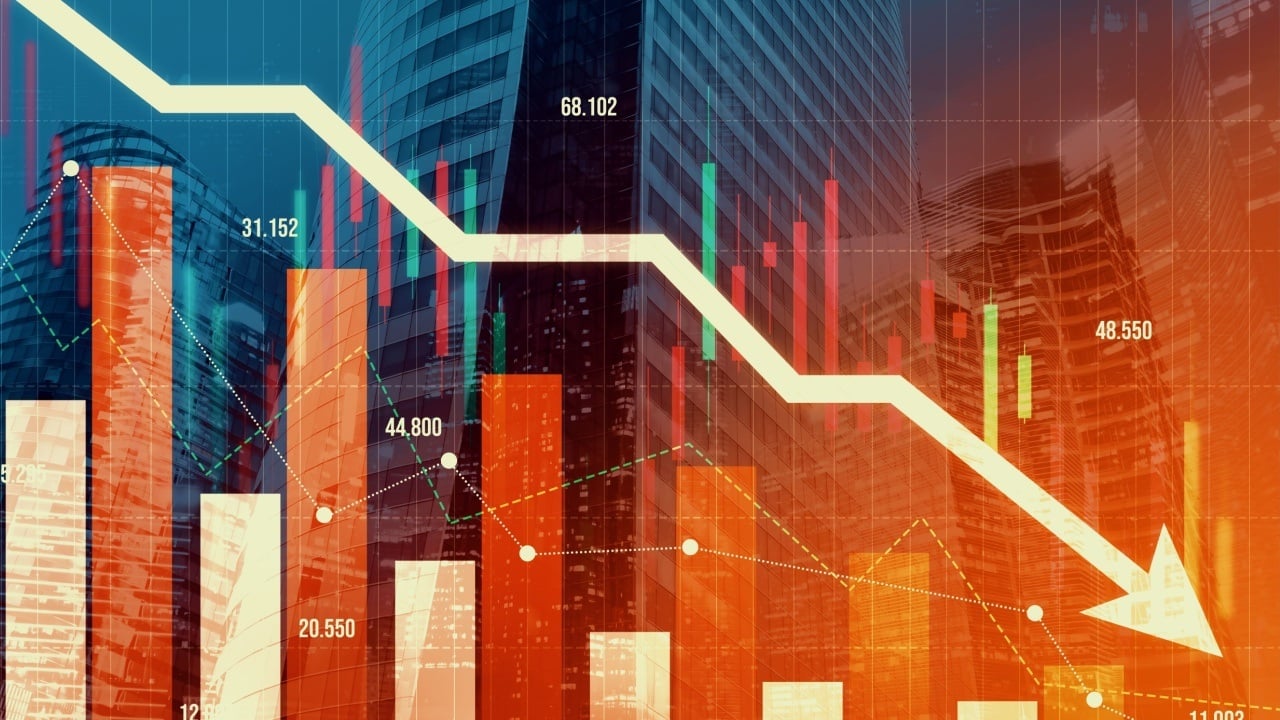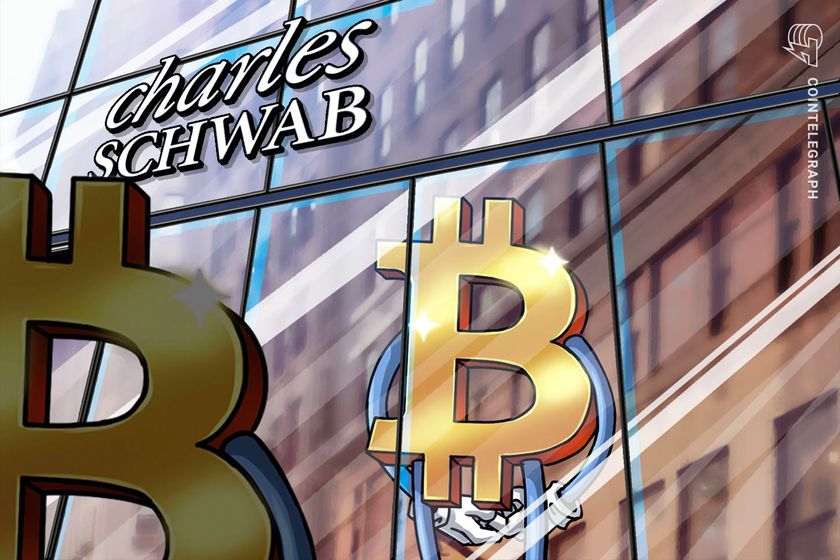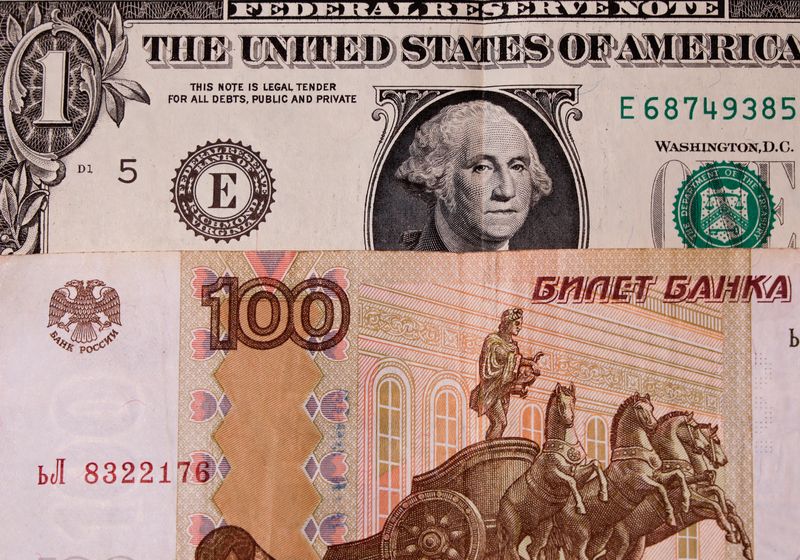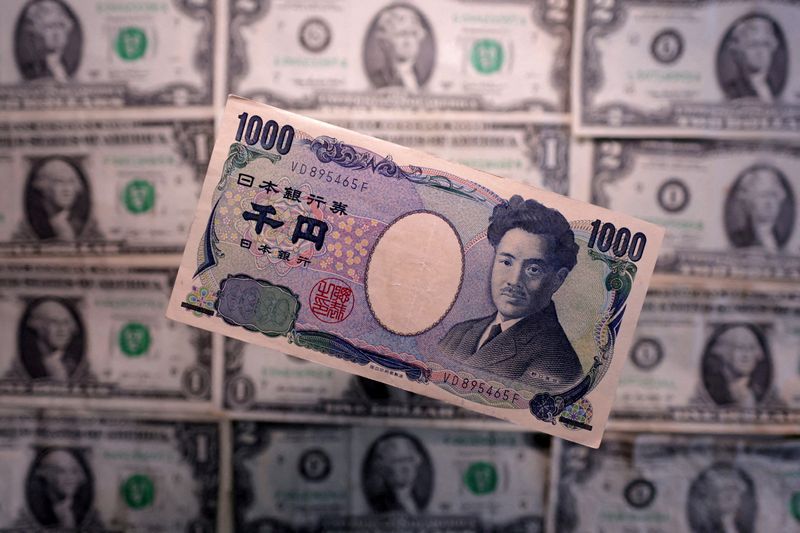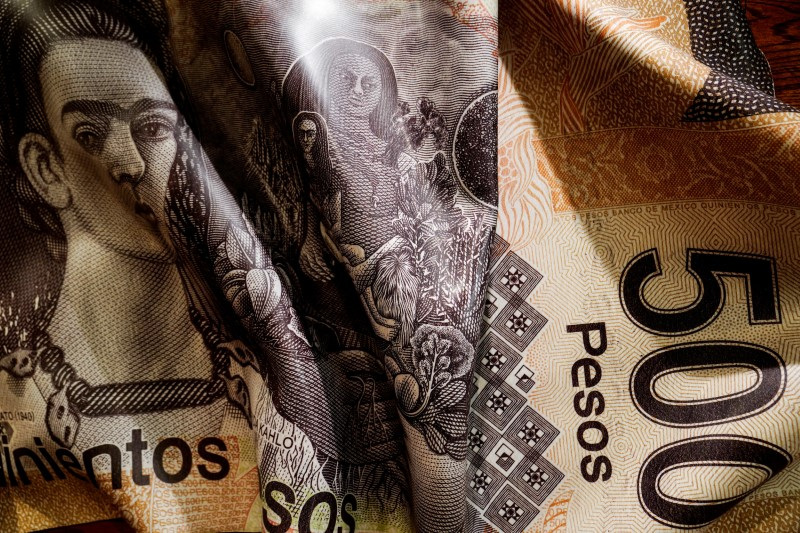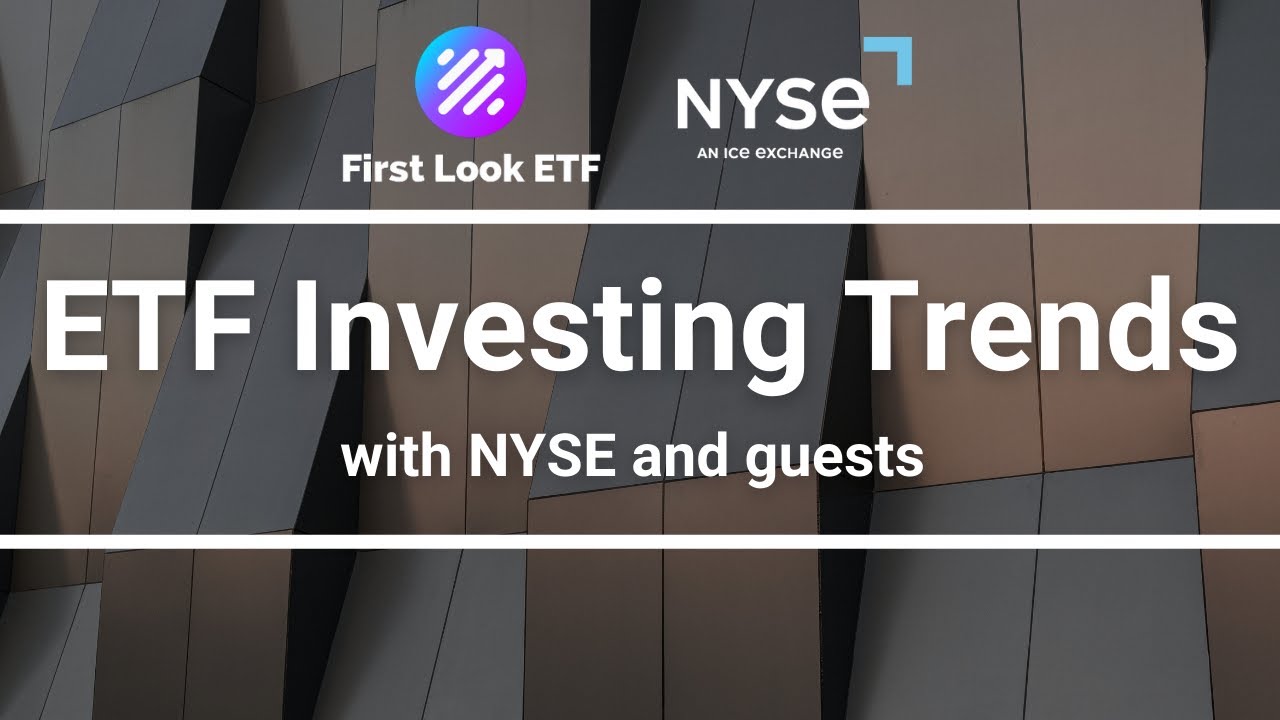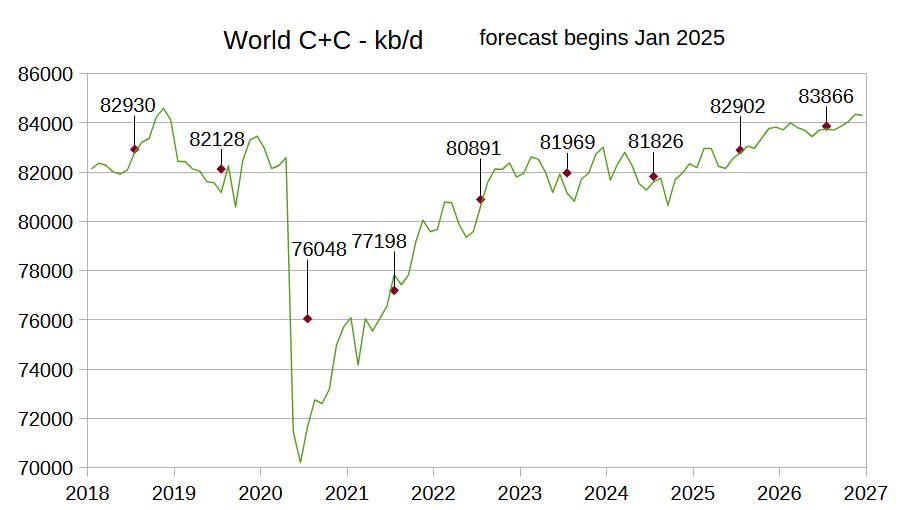Bank of America Says Stocks Could Drop 40%: 5 Safe Large-Cap Dividend Stocks That Will Survive
For almost 2.5 years, we have watched the market take off on a ride we haven’t seen since the dot-com era of the mid-to-late 1990s. Led by Nvidia Corp. (NASDAQ: NVDA), the Magnificent 7 stocks have pushed the S&P 500 to record highs and back-to-back 20%+ years for the first time since the 1990s. The […] The post Bank of America Says Stocks Could Drop 40%: 5 Safe Large-Cap Dividend Stocks That Will Survive appeared first on 24/7 Wall St..
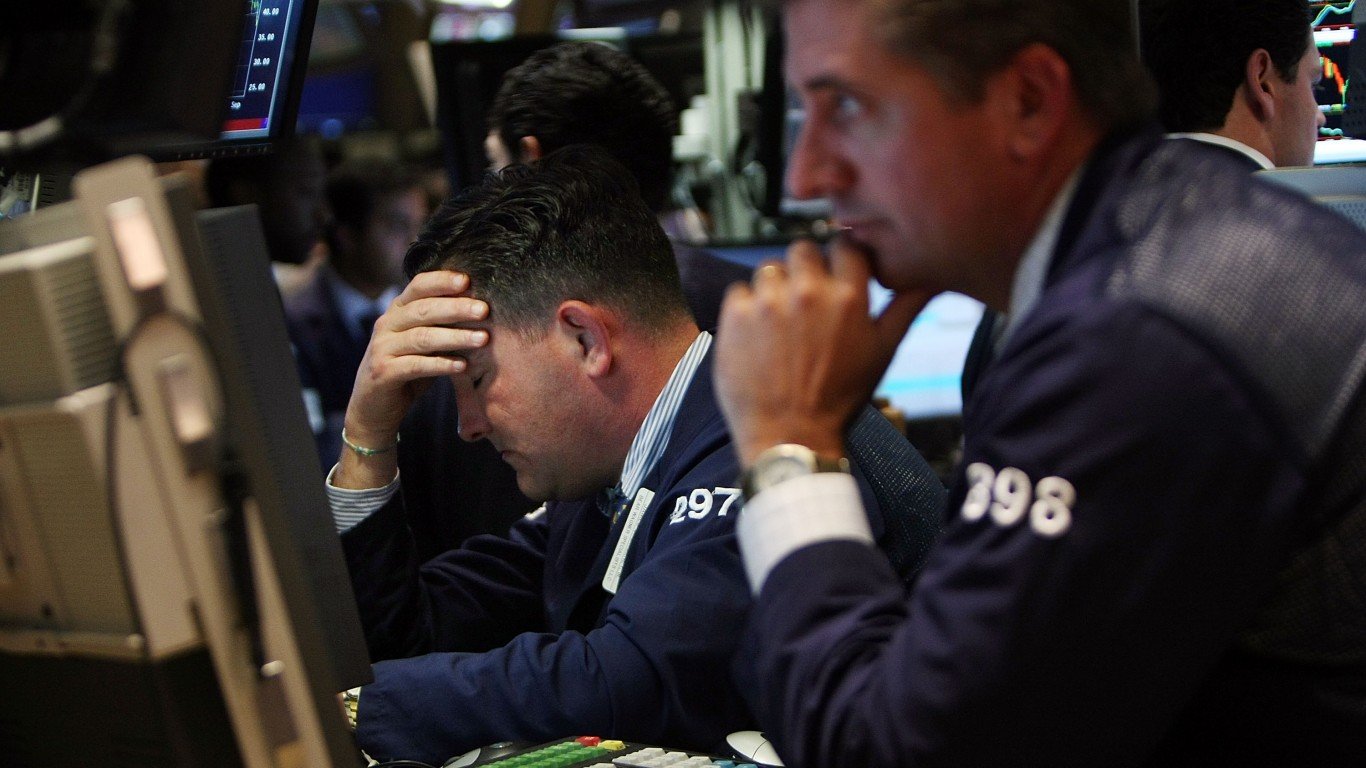
For almost 2.5 years, we have watched the market take off on a ride we haven’t seen since the dot-com era of the mid-to-late 1990s. Led by Nvidia Corp. (NASDAQ: NVDA), the Magnificent 7 stocks have pushed the S&P 500 to record highs and back-to-back 20%+ years for the first time since the 1990s. The explosion of artificial intelligence onto the scene with the release of ChatGPT in November of 2022 kicked off what has been a furious rally for a very narrow slice of the S&P 500. With a concentration in stocks way above historical levels, the team at Bank of America thinks we are in a full-blown bubble that could end badly.
24/7 Wall St. Key Points:
-
The last big U.S. stock market sell-off started in January 202o as the COVID-19 virus spread.
-
The equal-weighted S&P 500 has traded higher but underperformed the leaders.
-
Fourth-quarter earnings started to show cracks for the Magnificent 7.
-
Worried there could be cracks in your portfolio? Why not meet with a financial advisor near you and get a portfolio review? Click here to get started today. (Sponsored)
Last week, the team at Bank of America was out with a report detailing that we have entered into a bubble with many of the same characteristics of the Nifty-Fifty that was the rage in the 1960s and the dot-com era that ended in disaster in 2000. We have been saying much the same as all of the major indices have plowed to all-time highs. As of February 13, 2025, the S&P 500’s price-to-earnings (P/E) ratio was 28.77. This measures how much investors pay for each dollar of the S&P 500’s earnings. This figure is way above the historical average. It compares with the median S&P 500 price-to-earnings (P/E) ratio, which typically, on a historical basis, trades between 17.94 and 18.146, depending on the data source.
Something has to give at some point, and with U.S. stocks at a 75-year high versus the rest of the world, it’s not a great leap to suspect that a big market-cleaning sell-off could be on the way.
Analyst Jared Woodard noted these items in the note to clients.:
As investors continue to pile into growth stocks, sometimes passively, the market has started to resemble the so-called “Nifty Fifty” and “dot-com” bubbles in the 1960s and late 1990s, respectively. And while stocks could still rise in the near term, outcomes after those famous bubble periods suggest trouble could be coming. Part of the reason the market has gotten so concentrated is because of passive investing, where investors shovel money into indexes indiscriminately. Momentum reversals are becoming unusually sharp. A 50%+ ‘new economy’ drawdown (smaller than dot com) could drag the entire index down 40%.
We screened our 24/7 Wall St. large-cap dividend stocks research database, looking for the safest stocks to move to now. Five look like bomb shelters for nervous investors, especially those who have been around long enough to see a stock market collapse. All are rated Buy at top Wall Street firms we cover.
Why do we cover safe large-cap dividend stocks?

Since 1926, dividends have contributed approximately 32% of the total return for the S&P 500, while capital appreciations have contributed 68%. Therefore, sustainable dividend income and capital appreciation potential are essential for total return expectations.
Coca-Cola
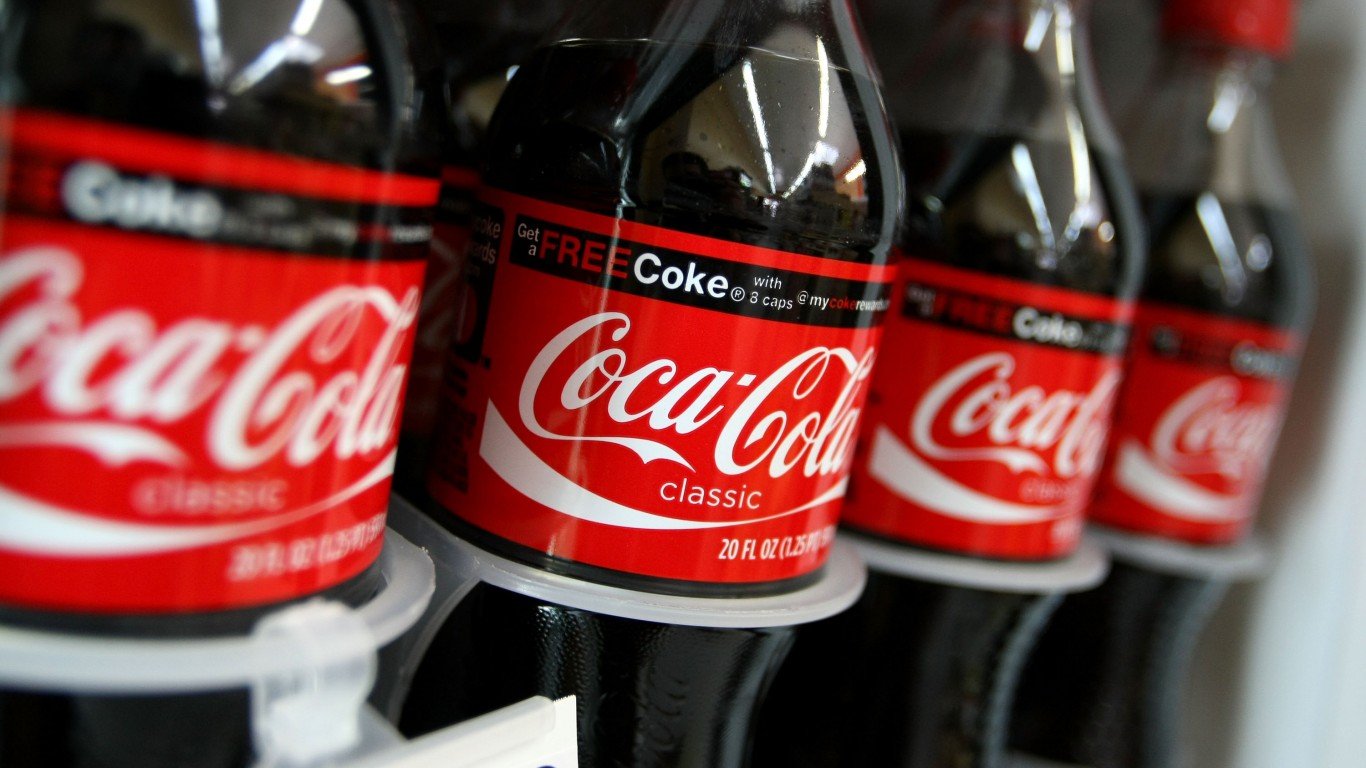
This company remains a top long-time holding of Warren Buffett. He owns a massive 400 million shares. Coca-Cola Co. (NYSE: KO) pays a dependable 2.82% dividend and is the world’s largest beverage company, offering consumers more than 500 sparkling and still brands.
Led by Coca-Cola, one of the world’s most valuable and recognizable brands, the company’s portfolio features 20 billion-dollar brands, including:
- Diet Coke
- Coca-Cola Light
- Coca-Cola Zero Sugar
- Caffeine-free Diet Coke
- Cherry Coke
- Fanta Orange
- Fanta Zero Orange
- Fanta Zero Sugar
- Fanta Apple
- Sprite
- Sprite Zero Sugar
- Simply Orange
- Simply Apple
- Simply Grapefruit
- Fresca
- Schweppes
- Dasani
- Fuze Tea
- Glacéau Smartwater
- Glacéau Vitaminwater
- Gold Peak
- Ice Dew
- Powerade
- Topo Chico
- Minute Maid
Globally, they are the top provider of sparkling beverages, ready-to-drink coffees, and juices and juice drinks.
Through the world’s most extensive beverage distribution system, consumers in more than 200 countries enjoy the company’s beverages at a rate of more than 1.9 billion servings a day. It is also important to remember that the company owns 16.7% of Monster Beverage Corp. (NASDAQ: MNST), which continues to deliver big numbers.
UBS has a Buy rating with a $78 target price.
Dominion Energy

Many Wall Street firms we cover are still very positive on utilities, and this company pays a strong 4.80% dividend. Dominion Energy Inc. (NYSE: D) operates through four segments:
- Dominion Energy Virginia
- Gas Distribution
- Dominion Energy South Carolina
- Contracted Assets
The Dominion Energy Virginia segment generates, transmits, and distributes regulated electricity to residential, commercial, industrial, and governmental customers in Virginia and North Carolina.
The Gas Distribution segment engages in
- Regulated natural gas gathering
- Transportation
- Distribution and sales activities
- Distributes nonregulated renewable natural gas
This segment serves residential, commercial, and industrial customers.
The Dominion Energy South Carolina segment:
- Generates
- Transmits
- Distributes electricity and natural gas to residential, commercial, and industrial customers in South Carolina.
The company’s portfolio of assets included approximately:
- 30.2 gigawatts of electric generating capacity
- 10,500 miles of electric transmission lines
- 85,600 miles of electric distribution lines
- 94,200 miles of gas distribution lines
Dominion serves approximately 7 million customers.
Barclays has an Overweight rating with a $58 target price objective.
Exxon Mobil
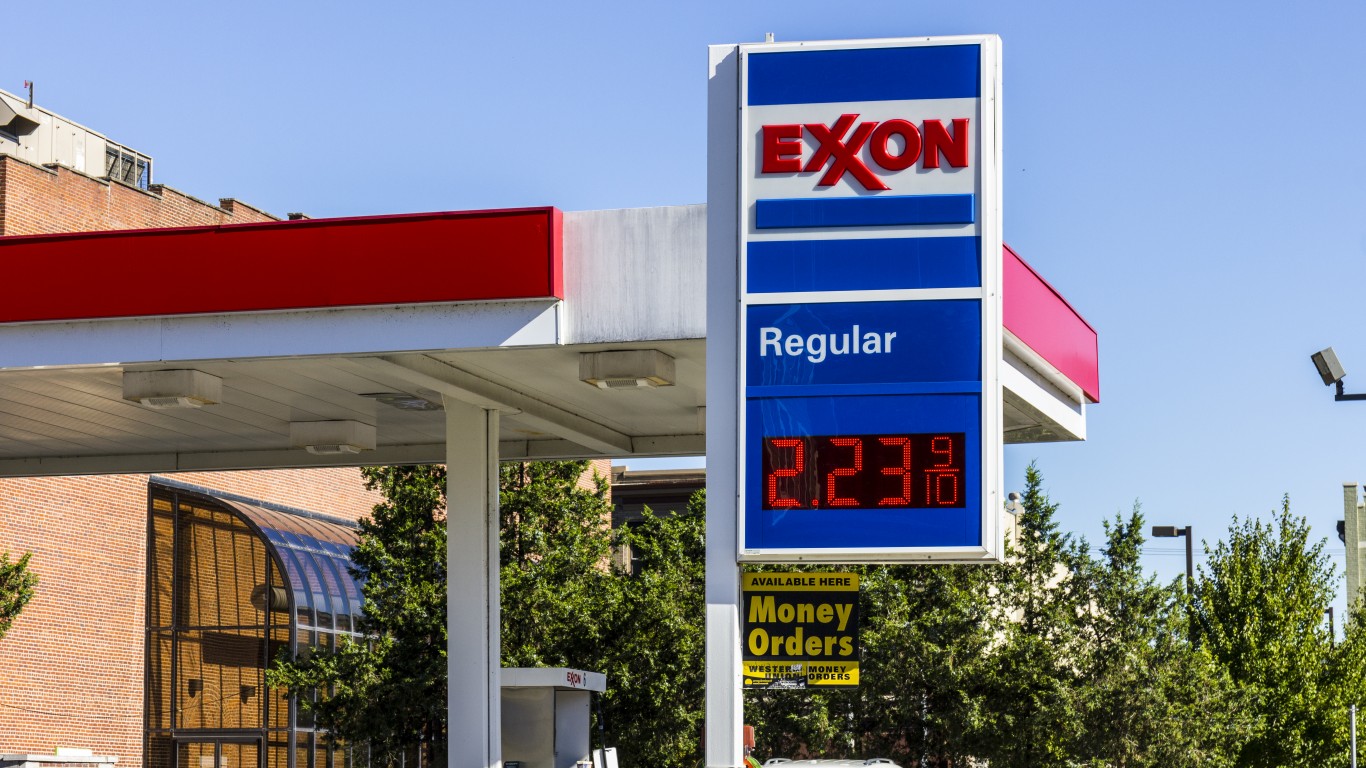
The recent slow but steady increase in oil prices offers investors an excellent entry point, and they will gladly grab a strong 3.66% dividend. Exxon Mobil Corp. (NYSE: XOM) is the world’s largest international integrated oil and gas company, exploring for and producing crude oil and natural gas in:
- The United States
- Canada
- South America
- Europe
- Africa
- Asia
- Australia/Oceania
Exxon also manufactures and markets commodity petrochemicals, including olefins, aromatics, polyethylene and polypropylene plastics, and specialty products, and transports and sells crude oil, natural gas, and petroleum products.
Top Wall Street analysts expect Exxon to remain a key beneficiary in a higher oil price environment, and most remain optimistic about the company’s sharp positive inflection in capital allocation strategy, upstream portfolio, and leverage to further demand recovery. In addition, Exxon offers greater Downstream/Chemicals exposure than its peers.
Exxon has completed its purchase of oil shale giant Pioneer Natural Resources in a $59.5 billion all-stock purchase. The deal created the largest U.S. oilfield producer and guaranteed a decade of low-cost production.
The Jefferies team has a Buy rating with a $140 price target for the shares.
Prudential Financial

With a rich 4.84% dividend, this insurance and investment giant is a very safe idea for conservative investors. Prudential Financial Inc. (NYSE: PRU) provides insurance, investment management, and other financial products and services in the United States and internationally.
It operates through five segments:
- PGIM
- Retirement Strategies
- Group Insurance
- Individual Life
- International Businesses segments
The PGIM segment offers investment management services and solutions related to public fixed income, public equity, real estate debt and equity, private credit and other alternatives, and multi-asset class strategies to institutional and retail clients and its general account.
The Retirement Strategies segment provides a range of retirement investment and income products and services to retirement plan sponsors in the public, private, and not-for-profit sectors. It develops and distributes individual variable and fixed annuity products.
The Group Insurance segment offers:
- Various group life plans
- Long-term and short-term group disability
- Group corporate-, bank-, and trust-owned life insurance in the United States primarily for institutional clients for use in connection with employee and membership benefits plans
- Accidental death and dismemberment and other supplemental health solutions
- Plan administration services in connection with its insurance coverages
The Individual Life segment develops and distributes variable life, universal life, and term life insurance products.
The International Businesses segment develops and distributes life insurance, retirement products, investment products, and specific accident and health products and advisory services. The company provides its products and services to individual and institutional customers through its proprietary and third-party distribution networks.
Jefferies has a Buy rating with a $152 target.
Verizon
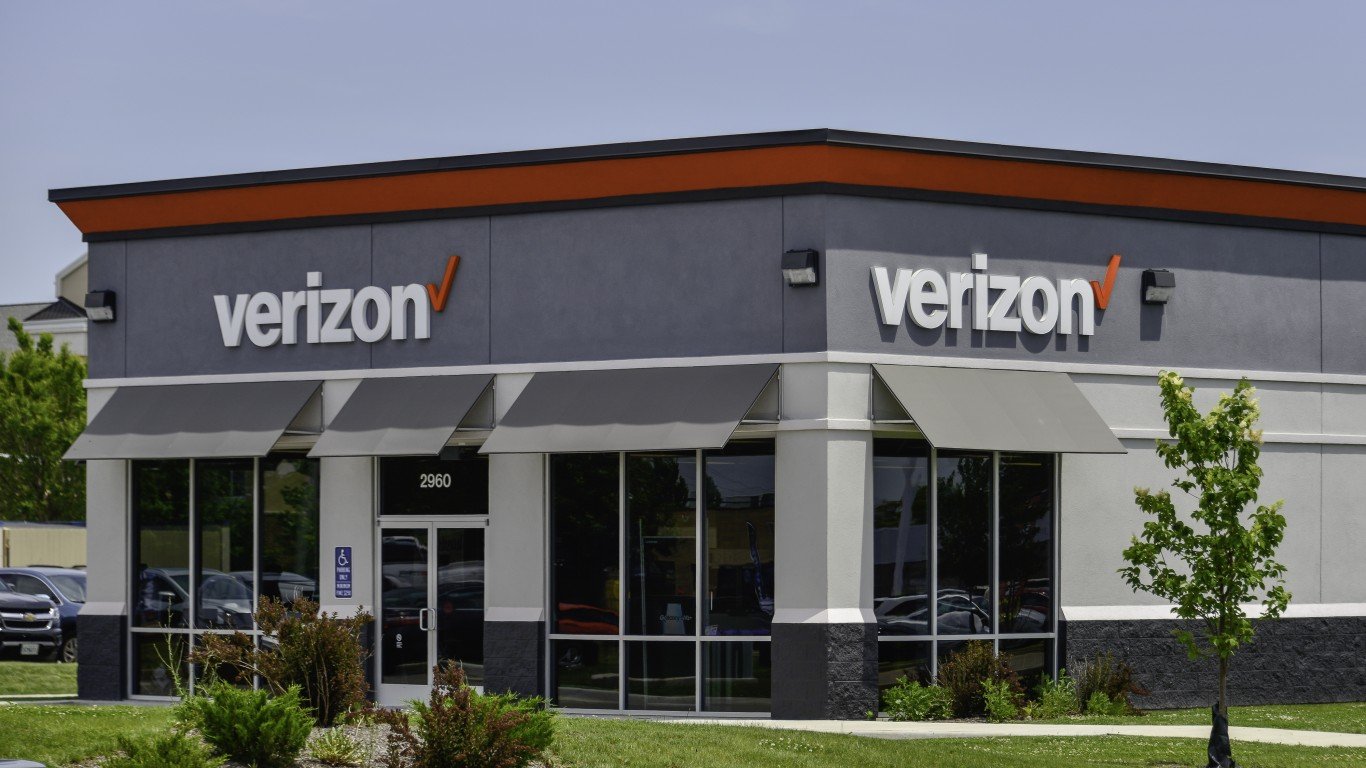
This top telecommunications company offers tremendous value, trading at 8.75 times estimated 2025 earnings and paying investors a strong 6.61% dividend. Verizon Communications Inc. (NYSE: VZ), through its subsidiaries, provides communications, technology, information, and entertainment products and services to consumers, businesses, and governmental entities worldwide.
It operates in two segments:
- Verizon Consumer Group
- Verizon Business Group
The Consumer segment provides wireless services across the wireless networks in the United States under the Verizon and TracFone brands and through wholesale and other arrangements.
It also provides fixed wireless access (FWA) broadband through its wireless networks and related equipment and devices, such as:
- Smartphones
- Tablets
- Smartwatches and other wireless-enabled connected devices
The segment also offers wireline services in Mid-Atlantic (including the District of Columbia_ and northeastern United States through its fiber-optic network, Verizon Fios product portfolio, and a copper-based network.
The Business segment provides wireless and wireline communications services and products, including:
- FWA broadband
- Data
- Video and conferencing
- Corporate networking
- Security and managed network
- Local and long-distance voice
Verizon also offers network access services to deliver various IoT services and products to businesses, government customers, and wireless and wireline carriers in the United States and internationally.
Citigroup has a Buy rating to go with a $49 target.
Baby Boomers Should Play It Very Safe in 2025 With These 5 Dividend Blue Chips
The post Bank of America Says Stocks Could Drop 40%: 5 Safe Large-Cap Dividend Stocks That Will Survive appeared first on 24/7 Wall St..























